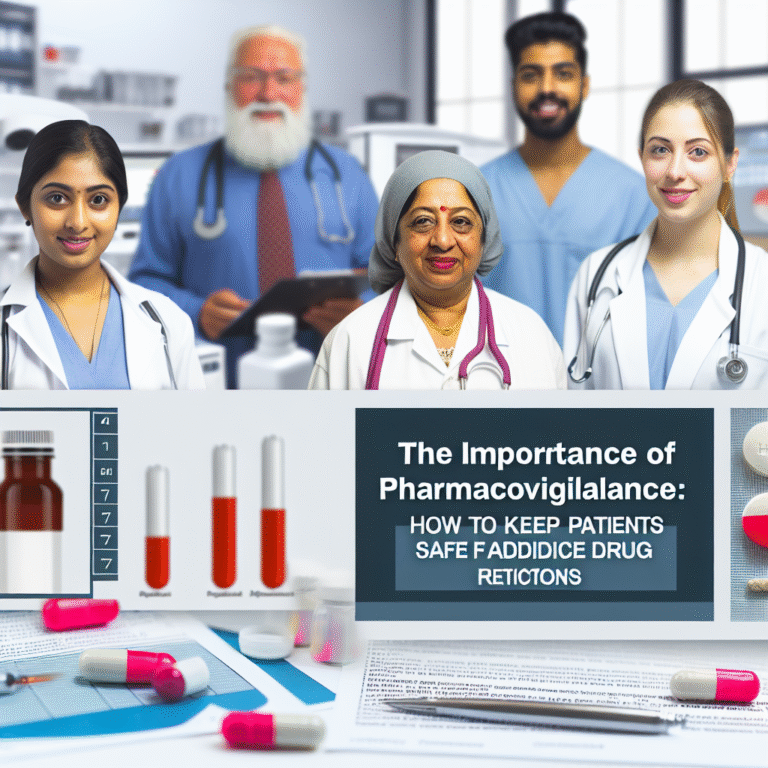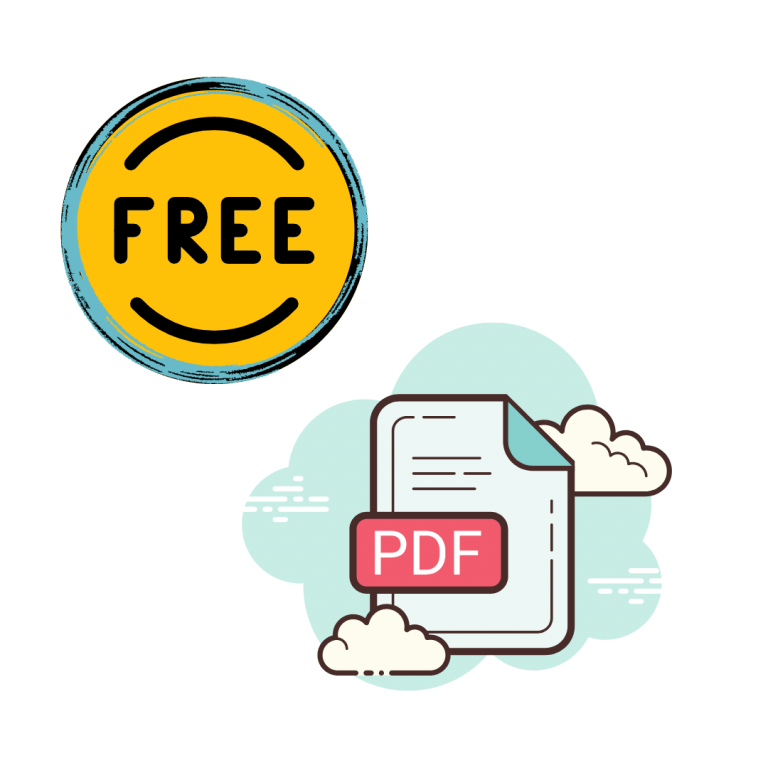Why Pharmacovigilance is Crucial for Patient Safety: A Comprehensive Guide
Introduction
Pharmacovigilance is super important in healthcare because it makes sure that drugs are safe and effective. This keeps patients protected from harmful side effects. Pharmacovigilance means watching, checking, and understanding the risks that come with using medicines. As healthcare gets more advanced, keeping drugs safe becomes even more important. This blog post from Pharmacovigilance Foundations will explain why pharmacovigilance is crucial for patient safety and how healthcare workers can use it every day.
What is Pharmacovigilance?
Definition and What It Covers
Pharmacovigilance is the science of finding and stopping bad effects or problems caused by drugs. It covers several important things like:
– Watching for bad reactions to drugs.
– Figuring out the risks that might come with using a medicine.
– Taking steps to keep patients safe.
Key Parts
– Finding bad drug reactions: This means noting any harmful effects from medicines.
– Understanding risks: Looking at safety data to see how it could affect patient health.
– Keeping patients safe: Creating plans to reduce or stop risks so that the good things about the medicine outweigh the bad.
History
Pharmacovigilance has a long history and has become a key part of patient safety:
– In the 1960s, a drug called thalidomide caused birth defects, which led to worldwide efforts to monitor drug safety.
– In 1968, the World Health Organization (WHO) started the Program for International Drug Monitoring. This was a big step for pharmacovigilance.
– The Uppsala Monitoring Centre in Sweden helps with global pharmacovigilance efforts, making the field even more important.
Why Pharmacovigilance Matters
Keeping Patients Safe
Pharmacovigilance is important for safer healthcare by:
– Stopping serious bad drug reactions before they cause harm.
– Making drug instructions and warnings better using real-world data.
– Checking that medicines on the market still meet safety rules. Like, after studying NSAIDs for a long time, doctors can now prescribe them more safely.
Protecting Public Health
Pharmacovigilance helps keep the public healthy by:
– Finding public health threats and taking the right steps.
– Fixing issues with quick actions, like communicating risks and recalling drugs.
– Supporting a culture of safety, seen with swift actions during the COVID-19 vaccine rollout.
Following the Rules
Pharmaceutical companies must follow pharmacovigilance rules by:
– Sticking to guidelines from organizations like WHO, FDA, and EMEA.
– Doing active checks on medicines after they’re sold to gather safety information.
– Making sure safety details are shared with healthcare workers and the public.
How Pharmacovigilance Works
Collecting and Managing Data
Good pharmacovigilance depends on strong data collection, which involves:
– Getting data from clinical trials, post-marketing studies, and real-life evidence.
– Managing databases with safety reports and bad event information.
– Using advanced software for data entry, storage, and analysis.
Finding Safety Signals
Detecting safety issues involves:
– Using tools and methods to find new safety signals.
– Watching adverse event reporting systems closely.
– Investigating signals deeply, like rare blood clot problems seen with some COVID-19 vaccines.
Risk Assessment and Reducing Risks
Steps involved include:
– Checking the chances and effects of known risks.
– Creating risk management plans to lower patient exposure.
– Making communication plans to teach others about the risks.
Talking About It
Good communication is key for pharmacovigilance. It involves:
– Informing healthcare workers about any risks and what to do.
– Letting the public know about medicine safety.
– Teaching initiatives to boost awareness and understanding among consumers.
Challenges in Pharmacovigilance
Data Quality and Quantity
Data management can be tough due to:
– Not having enough or the right kind of data, which can hurt analysis.
– Different reporting standards in different places.
– Needing advanced data tools to handle large data amounts.
Quick Detection and Action
Reacting quickly to safety issues is vital because delays can mean:
– More patient harm from unnoticed bad effects.
– Harder risk prevention actions.
– More public concern and less trust in healthcare systems.
Working Together Globally
International teamwork is essential because:
– Regulations and practices vary worldwide.
– Global efforts need to be in sync to tackle concerns.
– Working together effectively leads to shared insights and solutions.
The Future of Pharmacovigilance
Tech and Innovation
Technology will change pharmacovigilance through:
– AI and machine learning for better signal finding.
– Big data use offering deeper drug safety understanding.
– Using real-world evidence to improve pharmacovigilance methods.
Patient Involvement
Getting patients involved will boost pharmacovigilance by:
– Allowing patient reporting of bad events through easy-to-use platforms.
– Including patients in drug safety decisions.
– Moving towards a patient-centered approach.
Regulatory Changes
As science grows, rules must evolve too by:
– Creating flexible frameworks to include new methods.
– Balancing safety with access to new treatments.
– Aligning rules with modern ethical and social standards.
Conclusion
Pharmacovigilance is crucial for patient safety, as it connects drug development to real-life use. By keeping a close watch, assessing risks, and taking preventative steps, pharmacovigilance makes health outcomes better. All involved, like healthcare professionals, drug companies, and regulators, need to focus on keeping vigilant and using new technology to guide drug safety. Engaging in pharmacovigilance helps ensure top-notch patient care.
Further Reading and Resources
For more about pharmacovigilance, check out:
– “Pharmacovigilance: A Practical Approach” by Elizabeth B. Andrews
– “Drug Safety and Pharmacovigilance” by Barton Cobert
– Online courses on the basics and advanced practices of pharmacovigilance
– WHO Program for International Drug Monitoring website
– FDA’s MedWatch online safety information database
By staying informed, we can help ensure a safer and more effective healthcare system for everyone.




